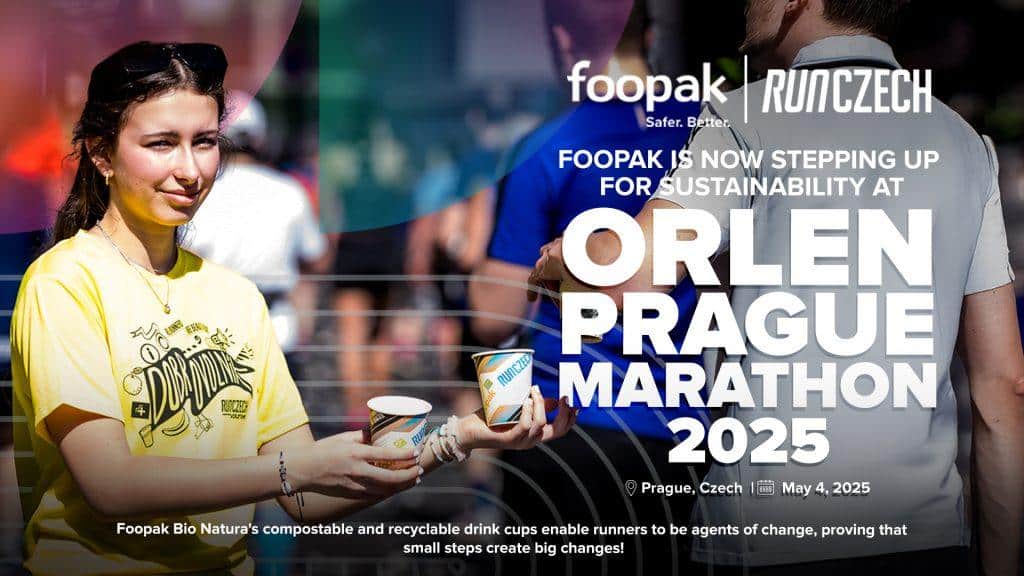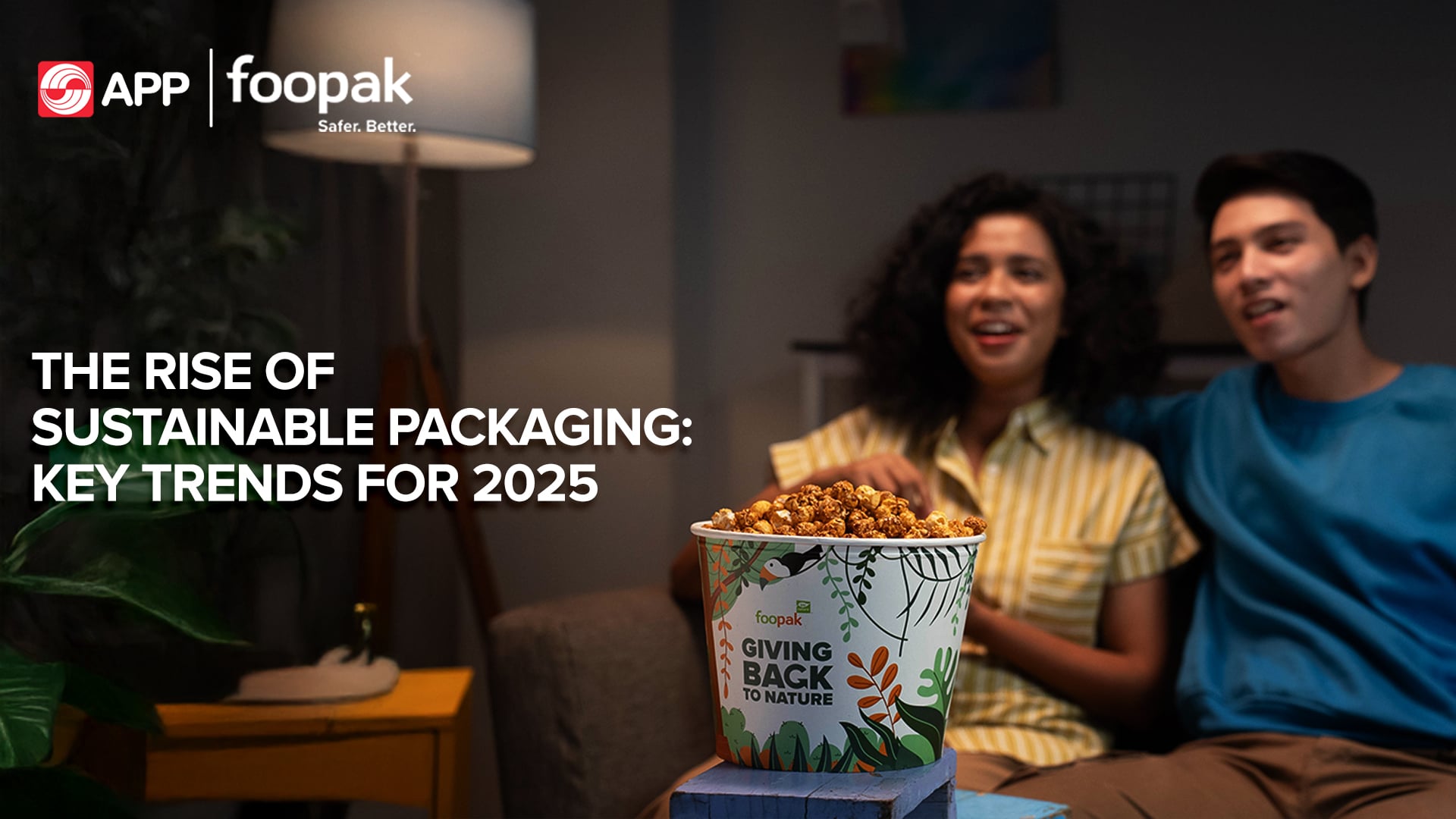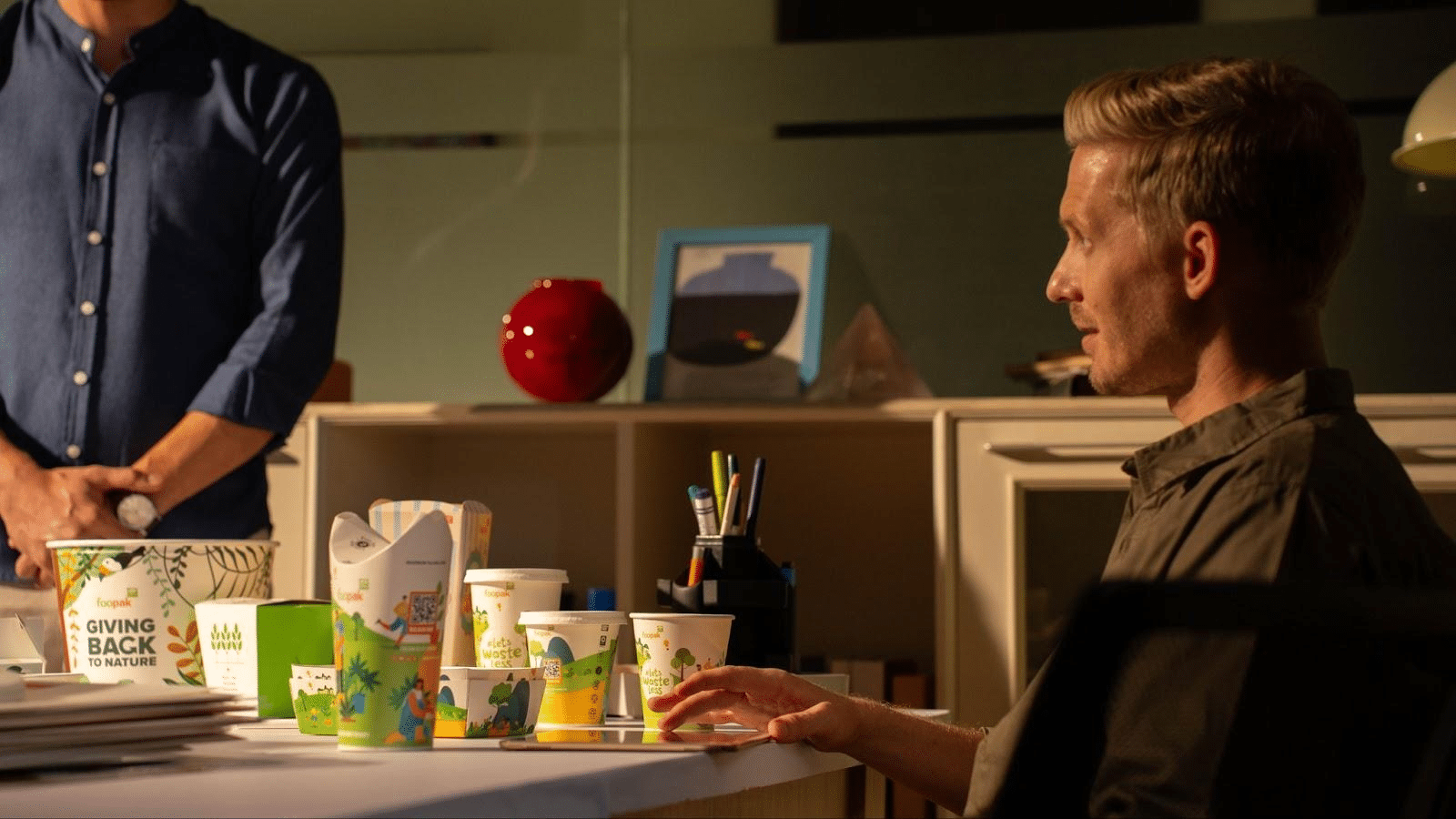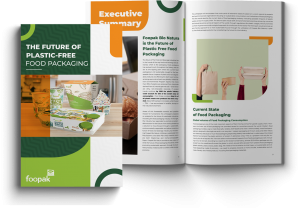

Climate change has become an increasingly critical issue that businesses can no longer afford to overlook. According to a study conducted across 63 countries, 86% of respondents acknowledge the reality of climate change. Notably, consumers are demonstrating their commitment to sustainability by expressing a willingness to pay an average of 9.7% more for sustainably produced or sourced goods, despite ongoing concerns about the rising cost of living and inflation.
Sustainable packaging plays a key role in sustainable purchasing decisions. By reducing environmental impact, it helps combat waste and pollution, aligning with the growing consumer demand for eco-friendly solutions.
Read More: Sustainability Sells: Why it Matters to Australia’s Eco-Conscious Consumers
What is Sustainable Packaging?
Sustainable packaging refers to packaging designed to minimize environmental impact by utilizing materials and processes that align with sustainability principles. Key characteristics include the use of renewable, biodegradable, or compostable materials, as well as designs that are reusable and space-efficient.
By applying specific materials and designs, businesses can enhance the life cycle of packaging, ensuring it is reusable, recyclable, and compostable. This approach addresses critical environmental challenges, such as plastic pollution, waste generation, and climate change.
Sustainable Packaging Trends in 2025
In 2025, sustainable packaging trends will redefine product packaging by emphasizing innovative materials and eco-friendly practices.
1. Growing Adoption of Biodegradable Materials
An increasing number of businesses are adopting biodegradable materials for their product packaging, driven by the need for sustainability and enhanced functionality. This growing demand is reflected in the global market for biodegradable packaging, which is projected to experience significant growth, with an estimated compound annual growth rate (CAGR) of 5.97% from 2024 to 2029.
Ongoing innovations in biodegradable packaging include notable advancements such as nano-cellulose. In line with this trend, some companies are utilizing certified wood sources, such as Foopak Bio Natura, which is recyclable and repulpable without requiring any additional treatment or processing.
Read More: Foopak Bio Natura: Revolutionizing Sustainable Packaging in the Quick Service Industry
2. Stricter Packaging Regulations
Stricter packaging regulations worldwide are pushing businesses to adopt sustainable practices beyond consumer demand. For instance, the European Commission (EU) will implement the Packaging and Packaging Waste Regulation (PPWR) in February 2025, aiming to minimize packaging and waste, reduce primary raw material use, and promote a circular, sustainable, and competitive economy.
As a result, businesses need to stay informed about packaging regulations in their markets, as compliance is crucial for future success. Ultimately, adopting sustainable packaging will soon become a necessity, reflecting both regulatory demands and consumer expectations.
3. Consumer Demand for Transparency
Consumer behavior trends are evolving, with trust becoming a key factor in decision-making. Research shows that 81% of consumers are more likely to explore a brand’s entire product portfolio when the brand demonstrates greater transparency.
Businesses can implement transparency through clear labeling, sourcing transparency, and sustainability commitments, including the use of sustainable packaging. Additionally, leveraging social media and other communication methods is essential for effectively delivering these values to consumers.
4. Rise of Minimalist Packaging Design
Still focusing on sustainability, the “less is more” trend has transformed into a broader shift, with consumers becoming increasingly critical of consumerism. They now prefer brands that help them discover sustainable ways to enjoy their spending.
Rather than focusing solely on aesthetics, businesses see minimalist packaging as a strategic opportunity to align with eco-friendly practices and respond to consumer expectations. This approach promotes compactness and space efficiency, also reducing transportation emissions and storage needs.
Read More: Convenient and Practical Packaging Design to Enhance Consumer Satisfaction
Stay Ahead in 2025 with Foopak’s Eco-Friendly Packaging
In 2025, seizing the opportunity for enhancing your competitive edge through sustainable packaging is essential. Foopak is prepared to fulfill your food packaging needs, offering a diverse range of solutions, including takeaway boxes and temperature-resistant cups. Notably, all of Foopak’s packaging options are PFAS-free and safe for food and beverage products.
Featuring high printability materials, businesses can easily customize these paper packaging solutions according to their branding requirements. Stay ahead in 2025 by partnering with Foopak. Discover more here.

